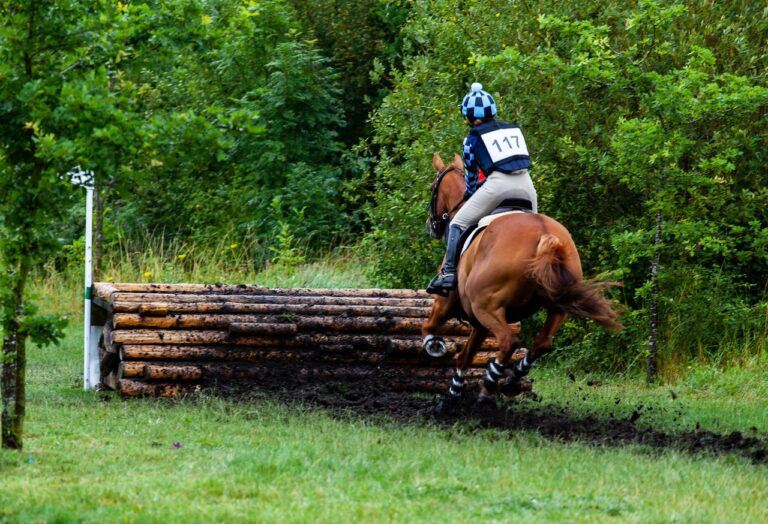The Art of Crafting Non-linear Narratives for Dynamic Escape Room Experiences: Betbhai9 whatsapp number, Radhe exchange register, My99 exch
betbhai9 whatsapp number, radhe exchange register, my99 exch: Crafting a non-linear narrative for escape room experiences can take your game to the next level, creating a dynamic and engaging adventure for players. By breaking away from traditional linear storytelling, you can offer a more immersive and interactive experience that keeps participants on their toes. In this article, we’ll explore the art of crafting non-linear narratives for escape rooms and how you can create a memorable and exciting gameplay experience.
Creating Branching Paths
One of the key components of a non-linear narrative is the creation of branching paths. This allows players to make choices that will impact the outcome of the game, leading to multiple possible endings and storylines. By designing your escape room with multiple paths and decision points, you can give players a sense of agency and control over their own destiny.
Integrating Puzzles with Storytelling
Incorporating puzzles into the narrative can help to drive the story forward and keep players engaged. Each puzzle can reveal a new piece of the story, helping to unravel the mystery and keep players invested in the game. By integrating puzzles seamlessly into the narrative, you can create a cohesive and immersive experience that keeps players on their toes.
Creating Red Herrings and Misdirection
To add an element of challenge and intrigue to your escape room, consider incorporating red herrings and misdirection into the narrative. These can lead players down the wrong path or distract them from the true objective, adding a layer of complexity to the game. By carefully crafting red herrings and misdirection, you can keep players guessing and engaged throughout the experience.
Utilizing Technology and Interactive Elements
Incorporating technology and interactive elements into your escape room can further enhance the non-linear narrative. By using props, audio, lighting, and other interactive elements, you can create a more immersive and dynamic experience for players. These elements can help to bring the story to life and create memorable moments that players will remember long after the game is over.
FAQs
Q: How do I ensure that players don’t get lost in the non-linear narrative?
A: Provide clear signposts, clues, and hints throughout the game to guide players in the right direction and keep them on track.
Q: How can I balance the complexity of a non-linear narrative with the difficulty of the puzzles?
A: Test your game with playtesters to find the right balance between storytelling and gameplay, ensuring that the narrative enhances the gameplay without overwhelming players.
Q: What are some tips for creating a cohesive non-linear narrative?
A: Create a strong underlying story arc, map out branching paths and decision points, and ensure that each puzzle and element of the game contributes to the overall narrative.
In conclusion, crafting a non-linear narrative for escape rooms can elevate the gameplay experience and create a more immersive and engaging adventure for players. By creating branching paths, integrating puzzles with storytelling, incorporating red herrings and misdirection, and utilizing technology and interactive elements, you can create a dynamic and memorable escape room experience that keeps players coming back for more.







